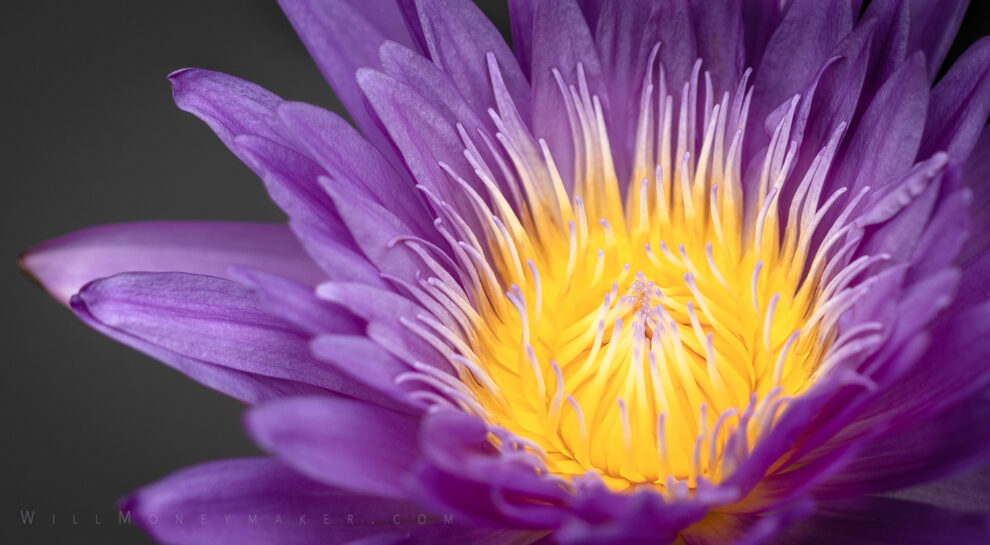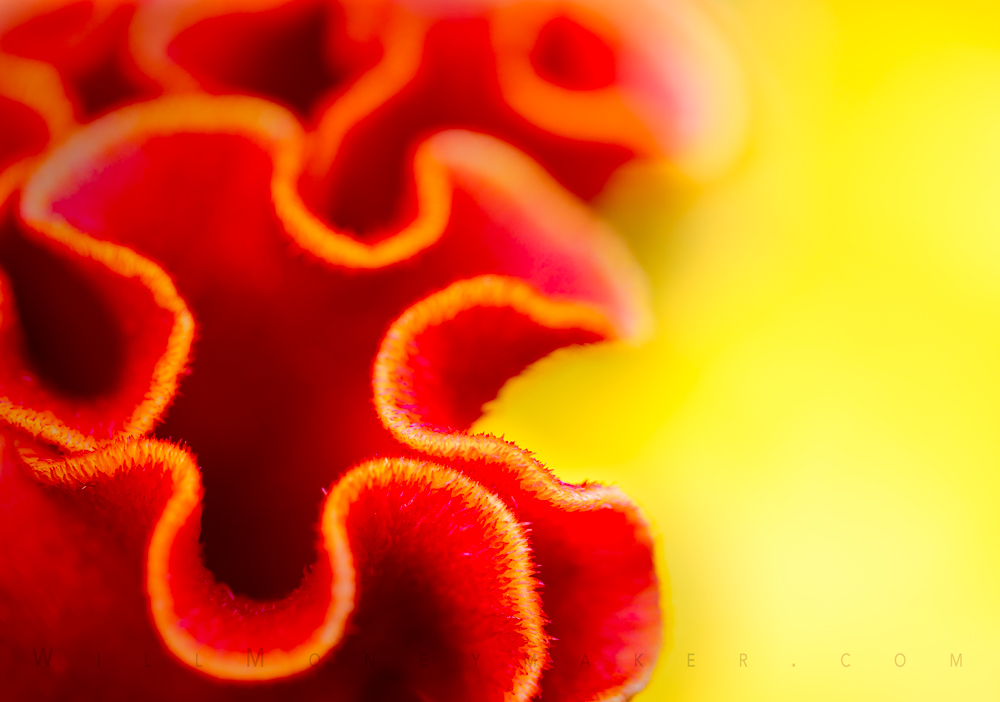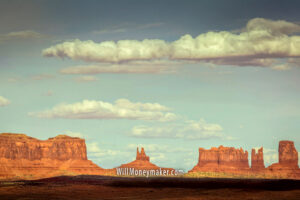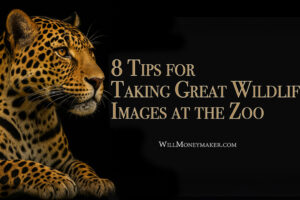There is this strange attitude among photographers that certain photographic subjects are “boring.” Typically, these subjects are the things that are most commonly photographed — sweeping landscapes, every-day objects, and yes, flowers. I have to admit that I’ve been guilty of this kind of thinking, myself. Once upon a time, if you’d asked me, I might have told you that I found flower photography rather uninteresting.
When we call a subject uninteresting, it’s important to remember one thing: The fault doesn’t belong to the subject, but to the photographer. If we find something uninteresting, it’s only because we can’t find a way to make it interesting.
So that’s why I wanted to spend some time talking about floral photography. Even though photographs of flowers are one of the most commonly taken images, there is a wealth of untapped creative potential here. All we need to do is dispense with the idea that certain subjects are boring, and instead take joy in the subjects before us. We need to learn to use our imagination, and when we can do that, we’ll find that among flowers, a whole new world of possibilities opens up. Keep reading and I’ll do my best to lead you on a journey through the wonderful world of flower photography.
Start Small: Macro Photography
One of the first things you’ll want to invest in for flower photography is the equipment necessary to take macro photographs. Depending on your budget, this could take the form of a macro lens or a reversing ring so you can take macro images with a lens you already own. You may also want a tripod and a remote trigger. The depth of field can be tricky to manage, so stabilizing your camera will help.
Once you have macro capability, you’ll find a whole new world in front of you. You’ll be able to get in close — truly close — to capture all the fine details of each flower. You’ll begin to see that flower photography doesn’t necessarily mean taking photographs of the entire flower. Instead, zero in on specific elements. Take a photograph of a single petal. I’ve noticed over the years that among flowers, there is so much variation to the petals. Some, when you look closely, have almost a glittery look to them — they sparkle in the sunlight. Flower petals with multicolored hues sometimes have a smooth, gradual gradient. Other times, the shifts between colors look like brush strokes left by an artist.
And that’s just the petals. There is so much more to discover when you get in close to a flower. Look at the pistil and stamen, photograph the pollen if you can. Examine the underside of the flower to see what unique things you find. If you’re outdoors, you may find a bee, ants or some other insect enjoying the flower. Each of these tiny details carries the potential for a new piece of art. That’s the key to macro photography — finding those details that normal sight leaves hidden to us.
Flowers Have Unique Geometry
Another thing you’ll begin to notice is that flowers all have their own unique geometry and that geometry is something that can be photographed. Some flowers have long, narrow petals, others have short and wide petals. Some have petals with pointed tips, others are rounded. The quintessential flower, the one that everyone thinks of first, is the rose, which is round and full. But other flowers have a trumpet shape, or like the calla lily, a vase shape — one large petal instead of dozens of smaller ones. Still more, like the passion flower, have wildly unique shapes — long fronds spiraling out from the center. And let’s not forget things like thistle flowers, alliums and others that look more like a puffball rather than a traditional flower.
The point is, flowers aren’t just about color or the interesting parts at the center of the flower. Each variety has its own unique shape. You’ll even find that among specimens of the same species, there will be differences in the shape of each individual flower. Explore this geometry to find something photo-worthy.
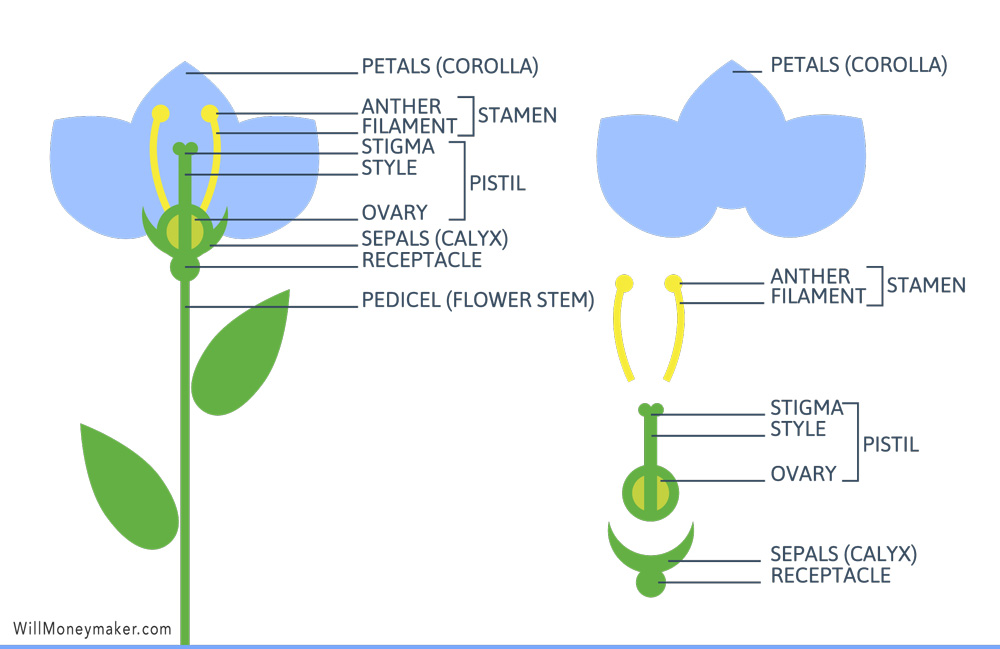
Flowers Change with Time
Another thing that may capture your imagination is the way flowers change with time. As you ponder what images you may create, think of the lifecycle of a flower. They all start as buds, each with their own unique shapes and sizes. As they grow, colors begin to take shape, and eventually, the flower itself begins to unfold. This alone can be a fascinating process, simply watching the flower bloom — especially with the more unusual flowers, like Callas that spiral open or thistles that gradually spiral open or expand to their full size. Daisies have a unique way of blooming, the petals coming free of the bud one at a time until the whole flower has unfolded.
But it doesn’t end after the flower fully blooms. There is a whole other half of the lifecycle to explore. Petals will begin to wither, brown and drop away. Seed pods will start to form, or sometimes the flowers will create little puffballs, the way dandelions do so that the seeds can be carried on the breeze. This is another part of the process that you can document to great effect.
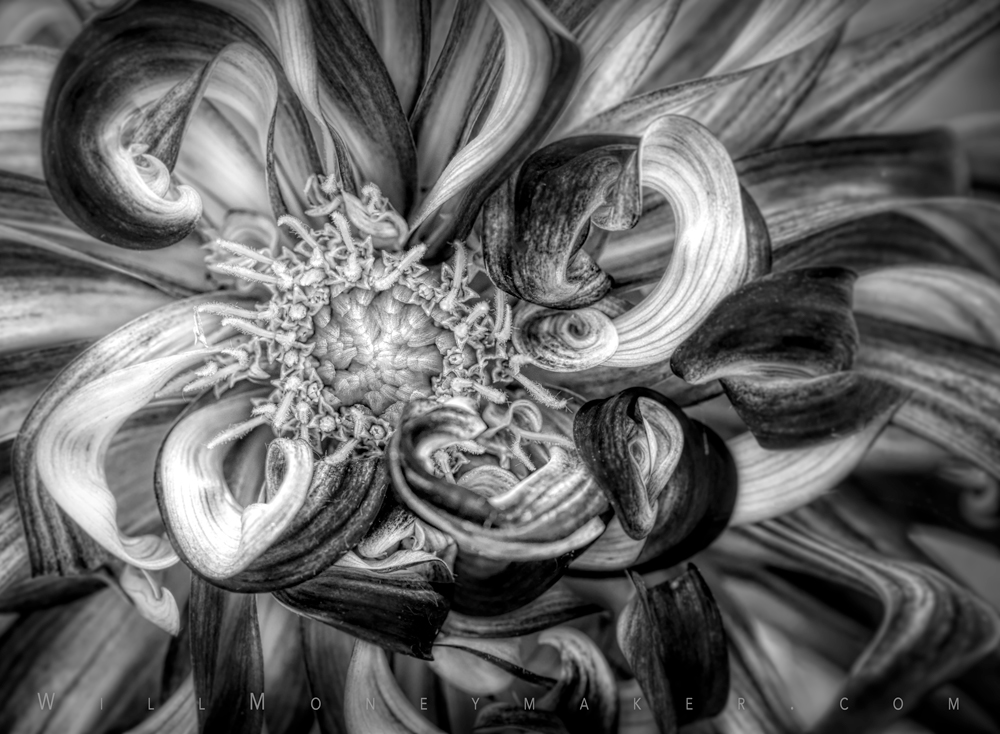
Finding Flowers to Photograph
Now that you have some ideas as to how you might photograph flowers, the next question is, where to find them? I know this seems pretty obvious, but bear with me for a moment! Of course, you can always prowl gardens or your yard, but there are plenty of other places to look, too.
In the spring, summer and fall, spend some time at parks and nature preserves. Purchase a wildflower guidebook, then take to the fields and forests to find what grows wild in your area. With enough time, you may surprise yourself and run across rarely documented endangered flowers. Here in Ohio, some endangered species include meadowsweets and the Lakeside Daisy. The advantage of finding flowers in the wild is that there are many more things to find in the wild. As you hunt for flowers to document, you may find yourself taking photographs of birds, beautiful landscapes and whatever else catches your attention.
Another great place to find flowers is at the grocery store. I’ve found that this is a wonderful way to occupy the weekend. Grocery stores and florists nearly always have inexpensive premade bouquets that you can take home and photograph. Set up your photography gear in the living room, put the flowers in an interesting vase, and spend an afternoon creating still-life images. When you’ve finished with that, get out the macro lens and start photographing individual flowers in whatever way suits you.
Floral photography doesn’t have to be boring. All you need to do is look at flowers in different ways from what you’re used to. If you’re still mulling over ideas, then stick around for next week, when I’ll return with more thoughts on creative things you can do with flowers.


